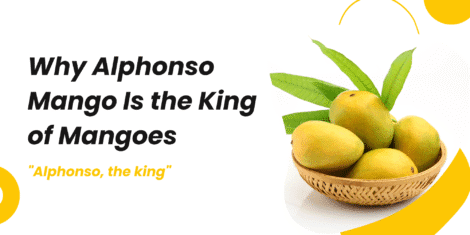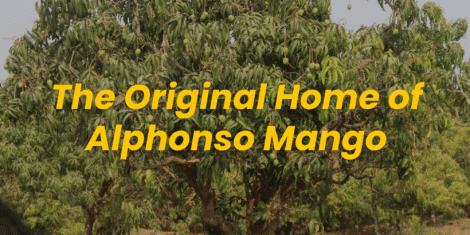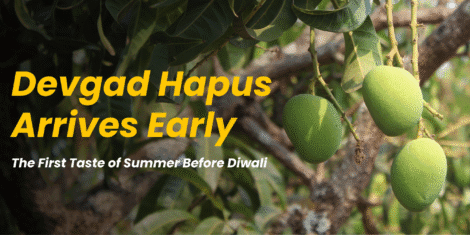Mangoes, known as the “King of Fruits,” are cherished for their sweetness and versatility. The world of mango species is diverse, offering flavors, textures, and colors that delight millions. By exploring these varieties, we understand the fruit’s importance in culinary traditions and biodiversity. Lets take a look in The Diversity of Mango Species.
What Defines Mango Species?
Mango species refer to the different varieties of mangoes, particularly those within the Mangifera genus. While Mangifera indica dominates as the most popular species, there are numerous wild and cultivated mangoes that enhance the fruit’s diversity.
Popular Mango Species
- Alphonso Mango (Mangifera indica)
Alphonso mangoes are famed for their creamy texture and rich flavor. Grown in India, they are considered a premium variety due to their sweetness and aroma. - Haden Mango (Mangifera indica)
Originating from Florida, Haden mangoes boast a vibrant red and green skin. They offer a slightly fibrous texture, making them ideal for smoothies and juices. - Carabao Mango (Mangifera indica)
The Carabao mango, native to the Philippines, is among the sweetest varieties. It balances sugar and acidity perfectly, making it a favorite in tropical recipes. - Nam Dok Mai Mango (Mangifera indica)
This Thai variety is known for its smooth texture and floral aroma. It is widely used in desserts such as sticky rice and mango pudding. - Wild Mango Species
In addition to cultivated varieties, species like Mangifera caesia (Binjai) and Mangifera odorata (Kwini) are found in Southeast Asia. These wild species contribute significantly to genetic diversity.
Why Mango Species Matter
Diversity among mango species supports agriculture, trade, and ecological balance. Farmers grow different varieties to suit various climates and tastes. Wild species also provide essential traits that improve resilience to pests and diseases.
Key Characteristics of Mango Species
Each species offers unique attributes, including:
- Skin and Pulp Colors: Mangoes range from green and red to golden yellow.
- Flavors: Varieties like Alphonso are sweet, while others such as Kwini have tangy profiles.
- Uses: Fibrous mangoes are great for juices, while non-fibrous ones are better for desserts.
Conclusion
The incredible diversity of mango species showcases the fruit’s cultural and biological significance. By exploring mango species worldwide, we celebrate not just the flavors but also the richness of nature. Whether sweet, tangy, or fragrant, every mango species has something special to offer.




